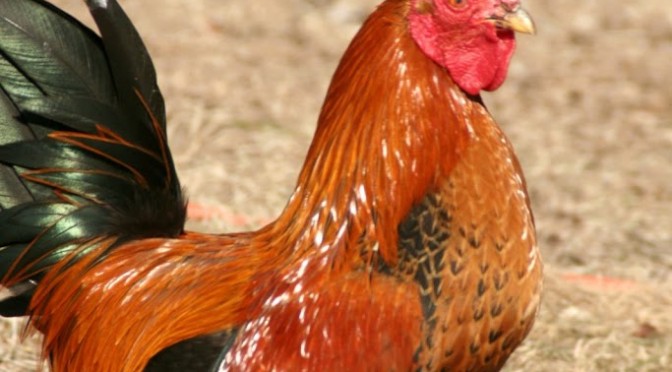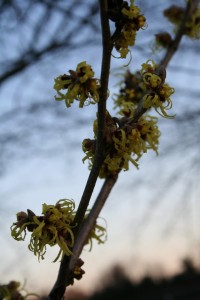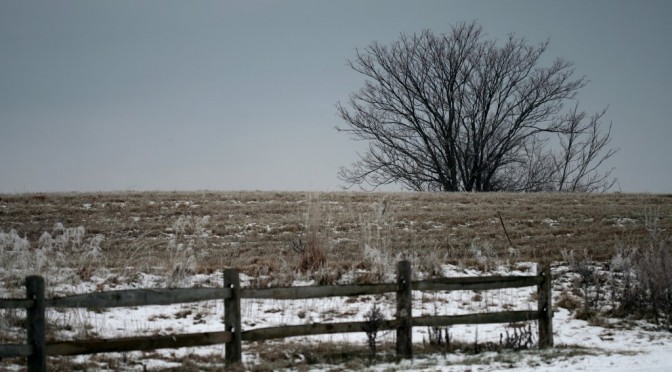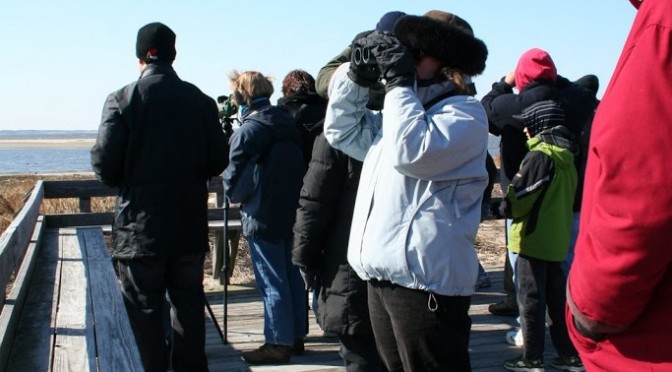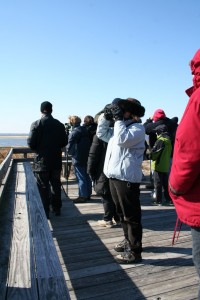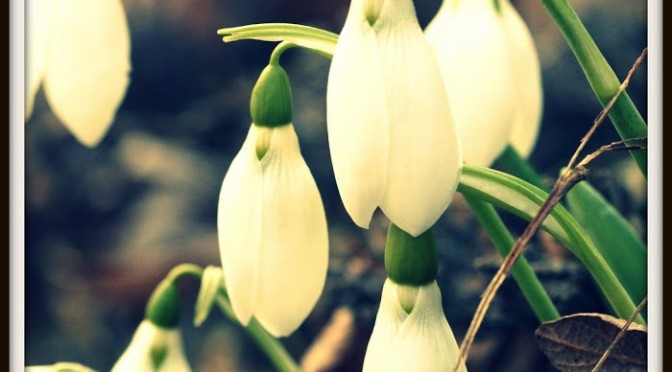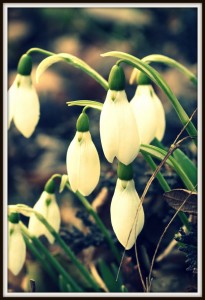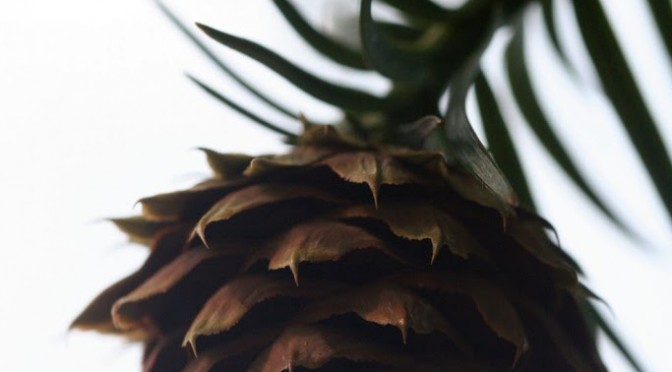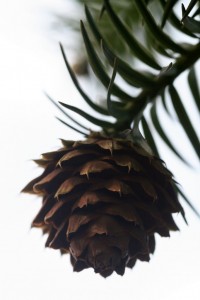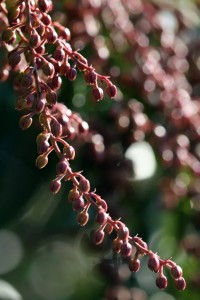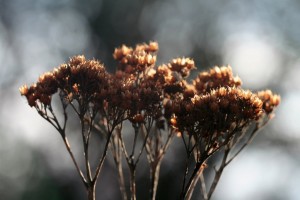 I don’t think I’ve mentioned that I’ve not been teaching for the last year or so. I miss my students at the community college, miss their stories, miss the chance to work so closely with a small group of (almost) eager learners.
I don’t think I’ve mentioned that I’ve not been teaching for the last year or so. I miss my students at the community college, miss their stories, miss the chance to work so closely with a small group of (almost) eager learners.
I was digging around in the attic the other day and came across a lesson I’d liked to use in the mid-point of the semester on questioning techniques. It’s something we readers do automatically; question as we read, but it’s a skill that less-seasoned readers need help with.
I’ve always been a questioner; not ever satisfied with the surface answer, always intent on whatever lies beneath. I’m sure that as a child this drove the adults in my life half-nuts, and I know it drives my present-day students to distraction. I’m not the type of teacher who returns papers with plain check marks in the margins or terse comments in red ink; instead I’ve always hoped for my students to think a bit deeper and tend to ask questions that make them consider another viewpoint or angle… prodding at their laziness or inattentiveness. I like the chance to dangle speculation before them, or even wonder.
Imagine that! Wonder in the classroom!
So… while the course I teach is one of reading strategies, the writer in me tries to give back some of the kind of questioning that continues to be crucial to my own growth, as a writer (!) and as a person. I like to introduce the idea of questioning and speculation with the use of Pablo Neruda’s Book of Questions, wherein the poet asks a series of questions, without ever really caring if a response is likely, or even possible. Neruda’s questions invoke vivid images and tend to demonstrate a unique way of seeing and questioning… just as an example or two:
Why do the leaves kill themselves
as soon as they turn yellow?
How do the seasons discover
it’s time to change their shirts?
Some of the things I work on with my students during discussion are:
Which is more important: the question or the answer?
Which is more powerful?
Do all questions have answers? Is there only one right one?
Do we all ask the same questions? In the same way?
A part of what I’m hoping my students will discover with this exercise is that we all have a unique perspective and this *stance* is important to consider in our writing as well as in our reading of other authors.
My favorite part of the lesson is giving students the time to come up with their own questions, using Neruda’s as a model. There’s a fair amount of imitation, but the whimsy is palpable and fun! I encourage them to be playful with language and subject matter, like Neruda. Nothing is exempt from wonder, right?
Some favorites:
How come people say the moon is made of cheese and not waffles, for example?
Why do flowers bloom out and not in?
Who do we make mistakes?
How come there are more girls than boys in the world?
Where does Jimmy Buffet get his songs?
Why do cookies disappear faster when you’re not the one eating them?
😉
I love that last one!
Of course you know to expect this, but…
😉
What questions are you just dying to have answered?
What would you ask if no one dared laugh at your silly question?
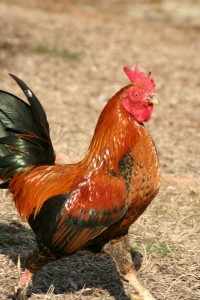 I’m trying out this *blogging without obligation* thing lately, have you noticed?
I’m trying out this *blogging without obligation* thing lately, have you noticed?